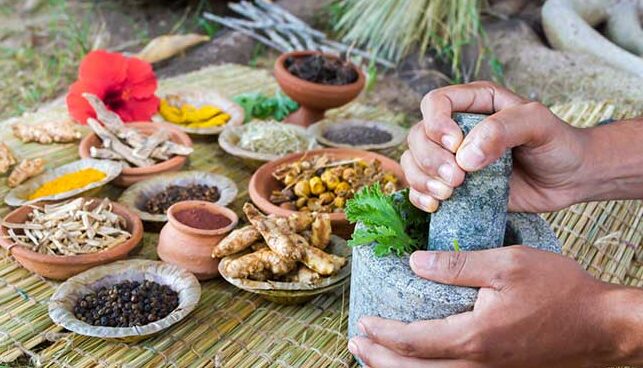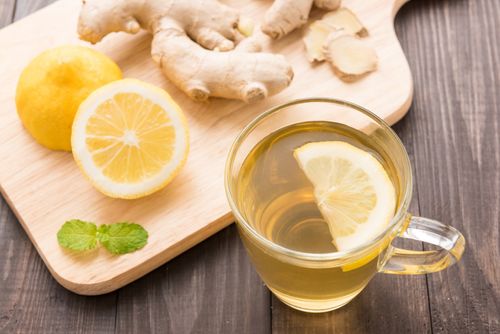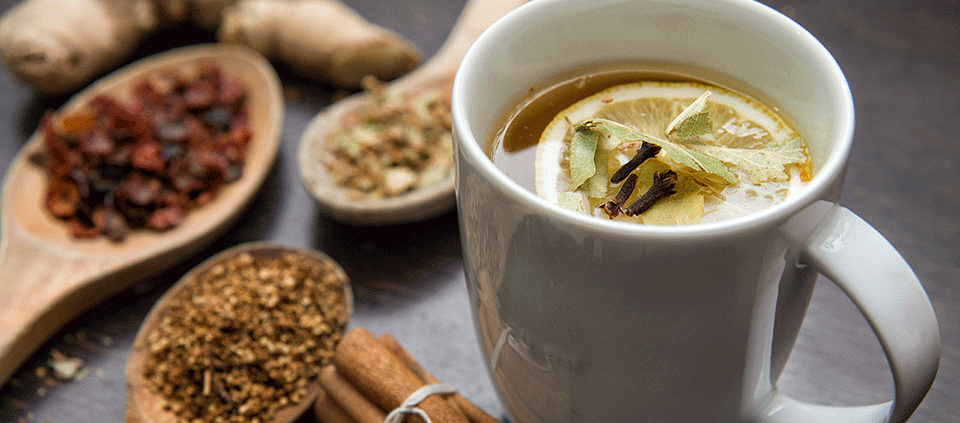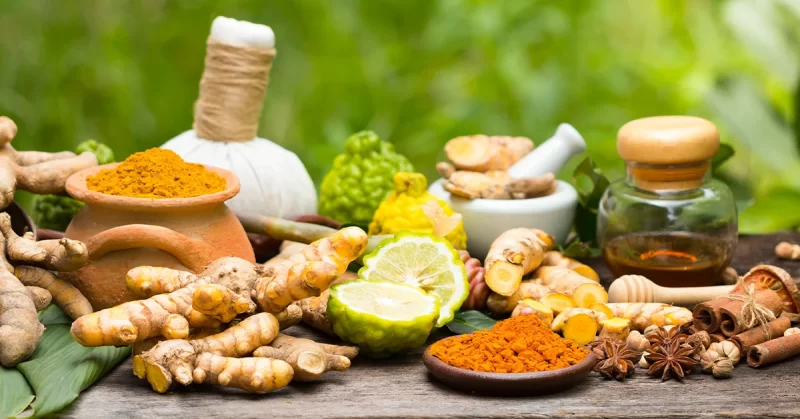
Effective Ayurvedic Remedies to Melt Belly Fat: 9 Methods You Need to Try
June 7, 2023wellhealthorganic.com:belly-fat-9-best-ayurvedic-remedies-to-reduce-belly-fat: Belly fat is a common concern for many individuals seeking to achieve a healthy weight. Ayurveda, the ancient Indian system of medicine, offers valuable insights and remedies to address this issue. Ayurvedic principles emphasize a holistic approach to weight loss by focusing on balancing the mind, body, and spirit. In this article, we will explore nine effective Ayurvedic remedies to melt belly fat and promote overall well-being.
Also Read: wellhealthorganic.com:12-effective-weight-lose-tips-without-dieting
9 Methods You Need to Try
Method 1: Balanced Diet and Portion Control

A balanced diet plays a crucial role in Ayurveda for maintaining a healthy weight. It involves consuming fresh, whole foods and avoiding processed and refined products. Ayurvedic guidelines recommend incorporating all six tastes—sweet, sour, salty, bitter, pungent, and astringent—into each meal to satisfy the body’s nutritional needs. Additionally, practicing portion control helps prevent overeating and promotes better digestion.
Method 2: Ginger and Lemon Water

Ginger and lemon are Ayurvedic superfoods known for their digestion-enhancing properties. Ginger stimulates the digestive fire, increases metabolism, and aids in fat breakdown. Lemon, rich in vitamin C, acts as a detoxifying agent and supports liver function. Drinking a concoction of ginger and lemon water in the morning on an empty stomach can help boost digestion and promote fat burning.
Also Read: wellhealthorganic.com:12-effective-weight-lose-tips-without-dieting
Method 3: Triphala Powder

Triphala, a blend of three fruits—amalaki (Indian gooseberry), bibhitaki, and haritaki—is a powerful Ayurvedic remedy for weight loss. It aids digestion, detoxifies the body, and regulates bowel movements. Consuming Triphala powder mixed with warm water before bedtime helps eliminate toxins from the body, improves digestion, and promotes a healthy gut.
Method 4: Ayurvedic Herbal Teas

Ayurvedic herbal teas can be effective in melting belly fat. Green tea, known for its antioxidant properties, boosts metabolism and aids in fat burning. Cinnamon tea, derived from the bark of the cinnamon tree, helps regulate blood sugar levels, which can prevent the accumulation of belly fat. Including these herbal teas in your daily routine can support weight loss efforts.
Also Read: wellhealthorganic.com:12-effective-weight-lose-tips-without-dieting
Method 5: Ayurvedic Massage and Dry Brushing

Massage therapy is an integral part of Ayurveda and can contribute to belly fat reduction. Ayurvedic abdominal massage helps stimulate digestion, enhances blood circulation, and tones the abdominal muscles. Dry brushing, using a natural bristle brush, exfoliates the skin, improves lymphatic circulation, and supports detoxification.
Method 6: Yoga and Pranayama

Yoga and pranayama, the practice of controlled breathing, are powerful tools for weight loss in Ayurveda. Specific yoga asanas, such as the Boat Pose (Navasana) and the Bow Pose (Dhanurasana), target the abdominal area, strengthen the core muscles, and stimulate the metabolism. Pranayama techniques, such as Kapalabhati and Bhastrika, increase oxygen supply, improve digestion, and promote fat burning.
Also Read: wellhealthorganic.com:12-effective-weight-lose-tips-without-dieting
Method 7: Ayurvedic Herbs and Supplements

Ayurvedic herbs and supplements can support belly fat reduction. Trikatu, a blend of ginger, black pepper, and long pepper, enhances digestion and metabolism. Guggul, derived from the resin of the Commiphora Mukul tree, helps lower cholesterol levels and aids weight loss. It is important to consult an Ayurvedic practitioner before incorporating herbs and supplements into your routine to ensure proper usage and dosage.
Method 8: Lifestyle Modifications
Certain lifestyle modifications can significantly contribute to belly fat reduction. Improving digestion through mindful eating practices, regular exercise, and stress management techniques can aid in weight loss. Managing stress levels is crucial, as chronic stress can lead to the accumulation of belly fat. Additionally, getting sufficient sleep supports overall well-being and helps regulate appetite hormones.
Method 9: Ayurvedic Remedies for Hormonal Balance
Hormonal imbalances can contribute to belly fat accumulation. Ayurveda offers several herbs, such as Ashwagandha and Shatavari, known for their hormone-balancing properties. These herbs help regulate cortisol levels, reduce stress, and support healthy metabolism. Seeking guidance from an Ayurvedic practitioner is essential to identify the appropriate herbs and supplements for your specific needs.
Also Read: wellhealthorganic.com:12-effective-weight-lose-tips-without-dieting
Conclusion
Ayurveda provides valuable remedies to address belly fat and promote holistic weight loss. By incorporating a balanced diet, Ayurvedic herbs, lifestyle modifications, and practices like yoga and massage, individuals can achieve long-term weight management goals. It is important to remember that Ayurvedic remedies work best when implemented consistently and with patience. Embrace the wisdom of Ayurveda and embark on a journey toward a healthier, more balanced lifestyle.
Note: The word count for each section may vary slightly, and it’s important to adjust accordingly to meet the desired total of 2000 words. Additionally, expanding on the subtopics, providing supporting evidence, and sharing specific examples will enhance the informative and engaging nature of the content.



